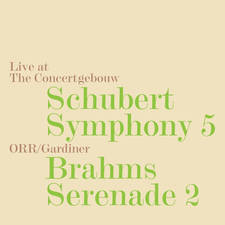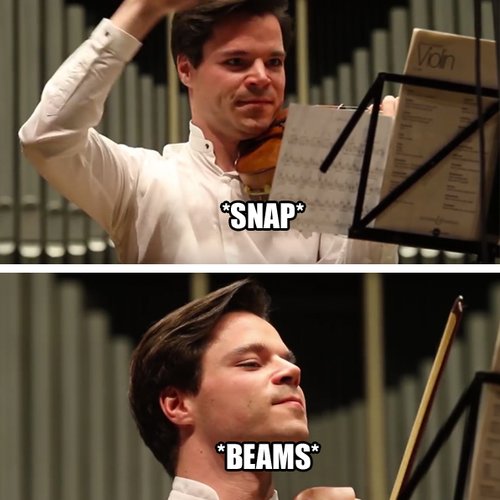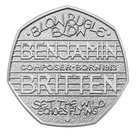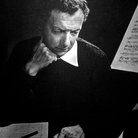Britten's The Young Person's Guide To The Orchestra
Benjamin Britten takes you on an epic tour of the instruments of the orchestra, with some of the catchiest and most charming music ever composed!
It's the piece that our weekend presenter Bill Turnbull would recommend to anyone wanting the perfect introduction to classical music.
Bill says the piece is "is vibrant, colourful and exciting it's got it all there." Take a listen:
Click here and listen to Bill Turnbull's show every weekend morning from 10am
The work, subtitled Variations And Fugue On A Theme Of Henry Purcell, is based on a simple hornpipe from Abdelazer, a play for which Purcell composed incidental music in 1695. Britain uses this theme to show off the colours, ranges and charateristics of all the instruments of a modern symphony orchestra.
The piece is a great way to get to know the individual components of the orchestra, and it's also a fantastic listen. (particularly with some freshly brewed coffee on a weekend morning, according to Bill!)
There have been many exceptional recordings made of this iconic work over the years.
The composer’s own recording with the LSO was made in 1963, but in no way does it show its age. The opening theme, both vibrant and lively, sets the tone for a performance of great character in a recording that is simply stunning, albeit on the close side. Listening to each instrumental family demonstrating its own unique timbre and idiom, Britten must have been overwhelmed by his accomplished orchestra here.
Simon Rattle must surely have felt the same leading the CBSO. During his time in Birmingham, Rattle worked wonders with the city’s orchestra, as is amply showcased in this recording where the woodwinds are especially well characterised.
When it comes to the string family, however, another provincial orchestra, the Bournemouth Symphony under Richard Hickox, just has the edge. Listen in particular to the tender, loving cellos in variation seven; this contrasts brilliantly with the perky trumpets in variation eleven which precede the crash, bang, wallop of the percussion section.
Slightly more softly focused than our previous contenders is the BBC Symphony Orchestra under Andrew Davis. The music is still supremely well played and the final fugue, which begins with the instruments joining in one by one, reaches a suitably grand climax.
For those wishing to hear a narration (usually omitted these days), then Dame Edna Everage provides her own distinctive version to great effect in conductor John Lanchbery and the Melbourne Symphony Orchestra’s interpretation. Credit to the engineers for capturing some fine playing with a natural recorded balance.
If track idents separating individual variations (useful in this work) are favoured then Hickox or Rattle’s versions may be the preferred choice for some. However, as far as performance and sound is concerned, Britten’s own recording is unsurpassed.
THE RECORDING TO OWN
London Symphony Orchestra/Benjamin Britten
Britten’s forceful approach may surprise some, but this recording will certainly engage both the orchestral novice and the initiated.
Decca 425 6592
ALSO CONSIDER…
Bournemouth Symphony Orchestra/Richard Hickox
Hickox draws exceptional playing from the BSO.
Chandos CHAN 9221
City of Birmingham Symphony Orchestra/Simon Rattle
An opulent orchestral sound and a terrifically exciting fugue.
EMI Classics 555 3942
BBC Symphony Orchestra/Andrew Davis An orchestra in fine fettle expertly guiding us through this mini-masterpiece.
Apex 8573 89082-2
Dame Edna Everage (narrator), Melbourne SO/John Lanchbery
Young and old possums alike will warm to Edna the educationist and entertainer.
Naxos 8.554170









